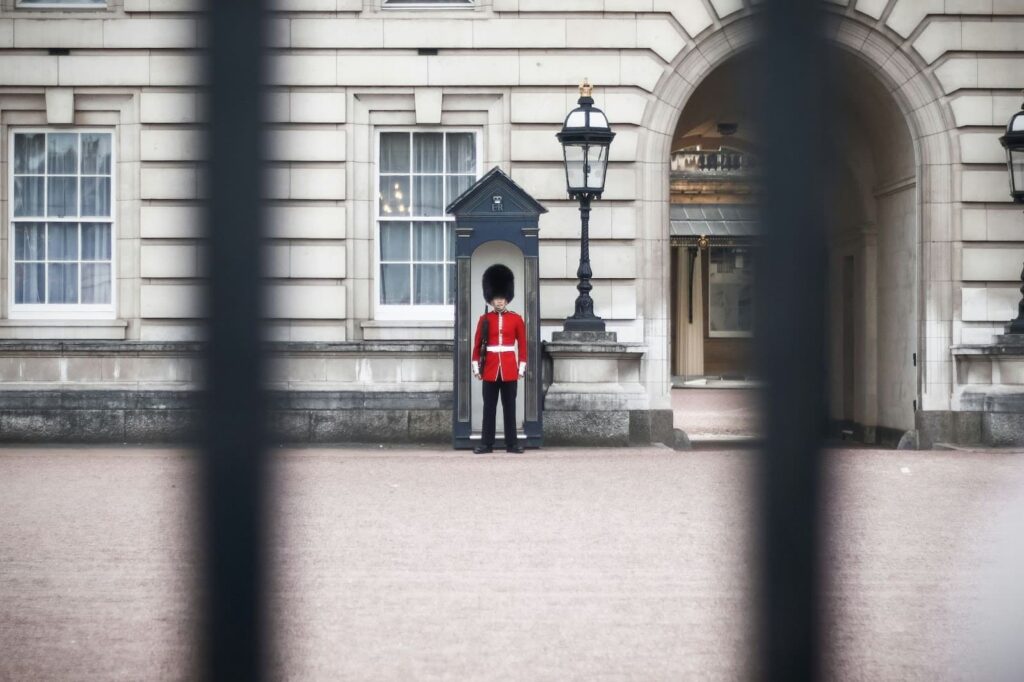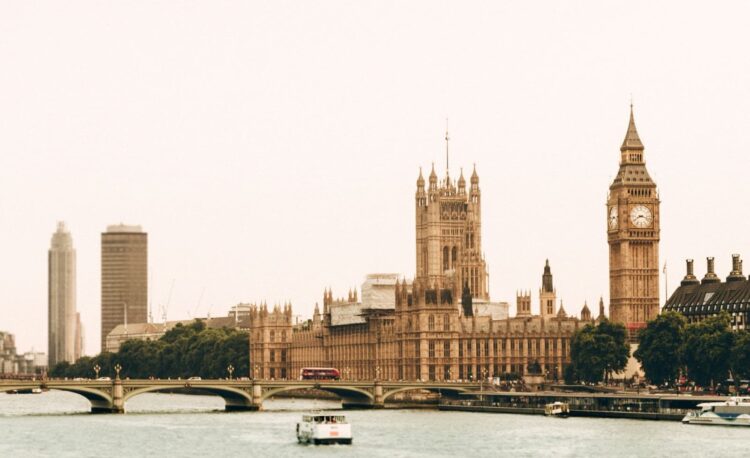London has been a center of travel and culture, with its iconic landmarks such as Big Ben, the Tower Bridge, and Buckingham Palace as desired locations on the must-see list. Nevertheless, you can not expect this city to be easy to navigate — with its history that encompasses centuries, it is also a city of hidden alleys, tucked-away artisan coffee shops, independent galleries, and emerging neighborhoods full of character and charm. Until recently, tourists often discovered these less familiar corners as a matter of serendipity rather than a strategic choice.
With the rapid advancement of technology, a new era of tourism is taking shape. Smart wayfinding solutions that leverage everything from AR to predictive navigation are transforming the ways in which visitors experience London. These digital instruments help all city guests uncover a more nuanced city, bridging the gap between traditional hotspots and the quietly remarkable locations that are hidden away from the tourist prying eyes just around the corner. With streamlined navigation and personalized recommendations, these solutions can turn even a short city break into a rich, immersive, and thoroughly stress-free journey.
Beyond Big Ben: Why Traditional Touring Falls Short
While iconic destinations like Big Ben and the Houses of Parliament are a vital part of London’s appeal, unfortunately the classic tourist trail has its own limitations. The first reason, undoubtedly, is that these landmarks are often crowded, and the focus on “must-see” spots can leave visitors feeling overwhelmed and powerless. The second reason is that many first-timers learn too late that the city’s soul isn’t confined to just its grand monuments that are renowned across all the globe as popular tourist spots in London. The city’s real magic often lies in the ordinary streets where locals live and play, which the city guests may fail to grasp.
If tourists don’t have special tech tools to assist them in navigation, they are likely to stick to the same well-worn paths — rushing from Westminster Abbey to the London Eye, then off to Piccadilly Circus — and miss out on the variety and depth that makes the city so exceptional. Basic smartphone navigation or old-fashioned paper maps often focus on the famous landmarks but rarely highlight atmospheric courtyards, quirky bookstores, or hidden Victorian pubs. Besides, they usually don’t provide real-time updates about transport delays and lack personalized advice on exploration based on individual interests.
Hidden Gems: Personal Favorites Made Easy
In London, you can find plenty of hidden gems that range from secret gardens and tucked-away speakeasies to tiny museums you’ve never ever heard of. Further, we will consider just a few examples of tourist destinations that modern wayfinding solutions might bring to a visitor’s attention:
- The Nomadic Community Gardens in Shoreditch: Having been a derelict plot of land once, now this place is a thriving hub rich in street art, community gardening, and quirky unusual sculptural installations. Traditional maps that are quite popular among the city guests rarely mark this kind of fluid, evolving space, but a modern dynamic travel application based on a personalized wayfinding system might highlight it for clientele who’ve shown interest in urban art or versatile community projects.
- Camley Street Natural Park: Located at the heart of King’s Cross, this two-acre wildlife haven is a true urban nature reserve, a hidden green lung of the city, where visitors can practice woodland birdwatching, spot butterflies, and even aquatic wildlife. This place is perfect for the eco-conscious traveler who prefers to choose concrete over greenery.
- The Viktor Wynd Museum of Curiosities, Fine Art & Natural History: Nestled in East London, this delightfully bizarre space is appealing for visitors who strive to see oddities from around the world. This museum was opened in 2015, and the creators draw inspiration from Victorian cabinets of curiosities. This place features quite unorthodox collections of dodo bones, and eccentric artifacts, alongside fine art and taxidermy. It also has a bar, which further enhances the unique experience.
Augmented Reality: Turning History into an Interactive Playground
Users are already accustomed to GPS-based apps, but not every user of smart navigation systems has tried augmented reality features yet. With AR technology, visitors can stand before St Paul’s Cathedral and not just admire its Baroque grandeur and Gothic elements in its architecture, but also lift their phones to see how it once looked centuries ago, complete with video brought to life in 3D overlays. Besides, visitors can watch historical reenactments that play out on their own screens or AR-enhanced glasses.
With gamification, it is also possible to educate tourists so that they would bridge knowledge gaps and experience much more engaging cultural and historical learning. As you know, some tourists might not have the patience for a lengthy guided tour. For them, it will be more realistic to find themselves enthralled by AR-led exploration or an AI-based game. Thanks to these top-notch technologies, tourists can employ their curiosity and imagination and turn the capital of England into a true stage, where travelers are active participants in the unfolding stories.

The Future: Integrating AI and the Internet of Things
This being said, what lies ahead for London’s tourism evolution? The answer is clear: the future is likely to involve even more smooth integration with artificial intelligence, machine learning, and the Internet of Things. Just imagine a scenario where your wearable device, be it a smart watch or AR glasses, deeply syncs with city infrastructure: digital signposts feel your approach and update their screens with personalized suggestions, adapting to your tastes and preferences. Then, autonomous shuttle buses also stay in touch with your smartphone and inform you how many seats are available at the definite moment of time. With all this collective intelligence, London will continually refine its tourism offerings and strike a perfect balance between visitor satisfaction and sustainable city management.
